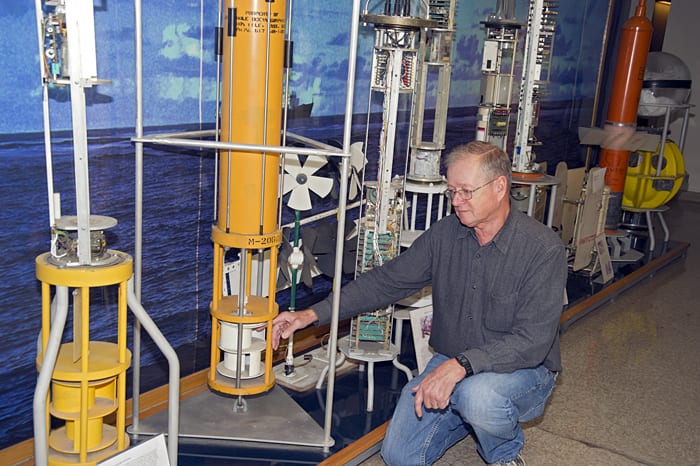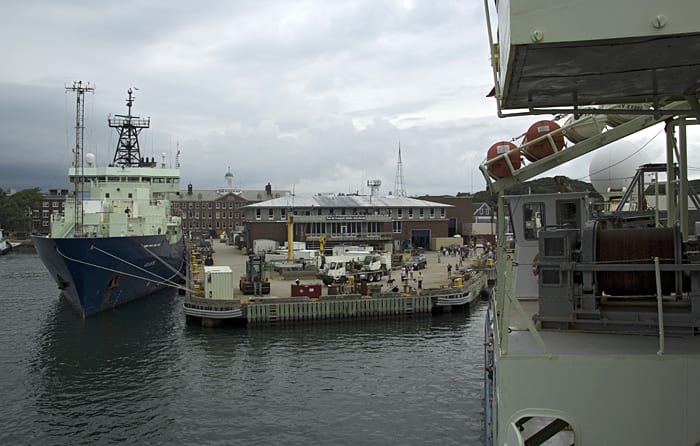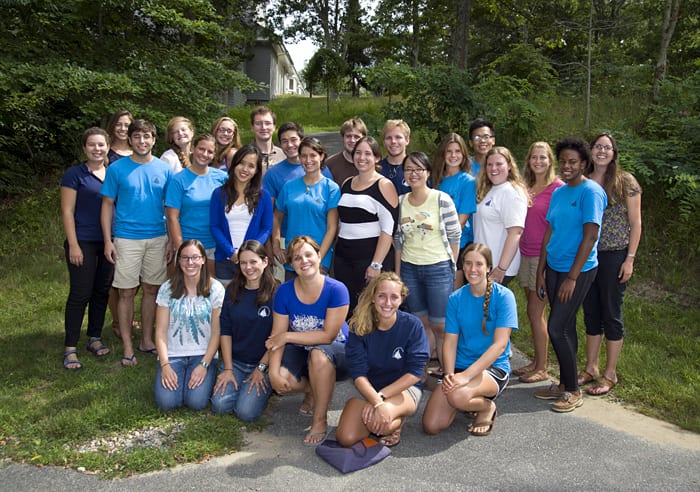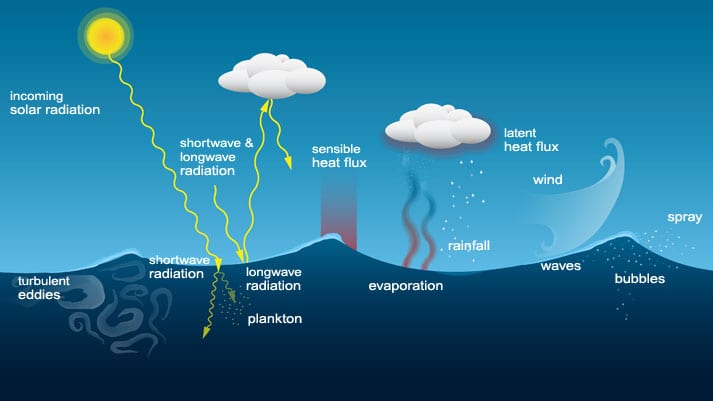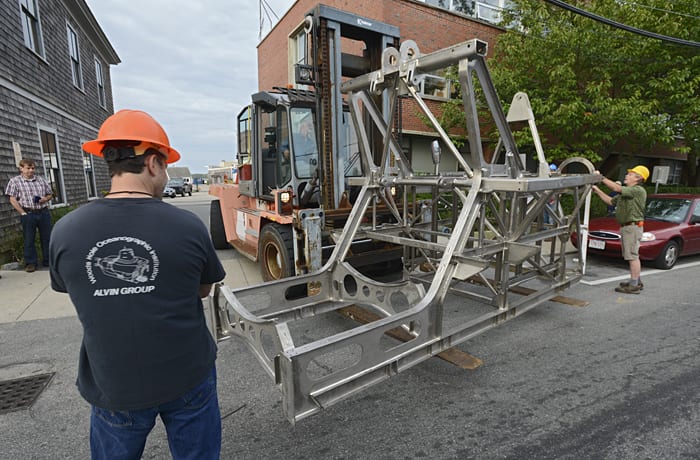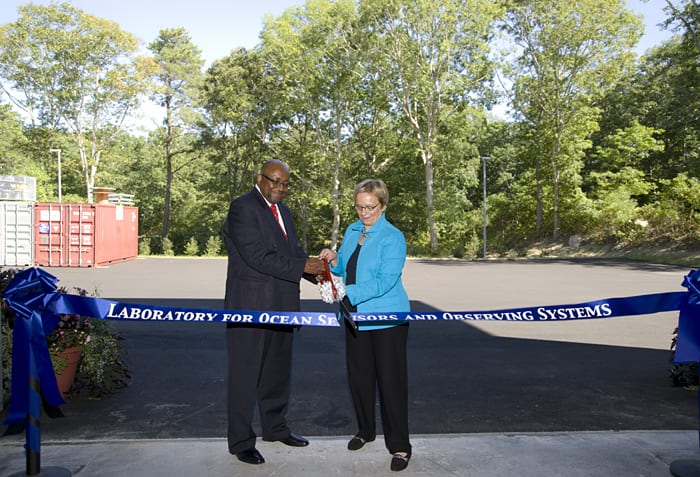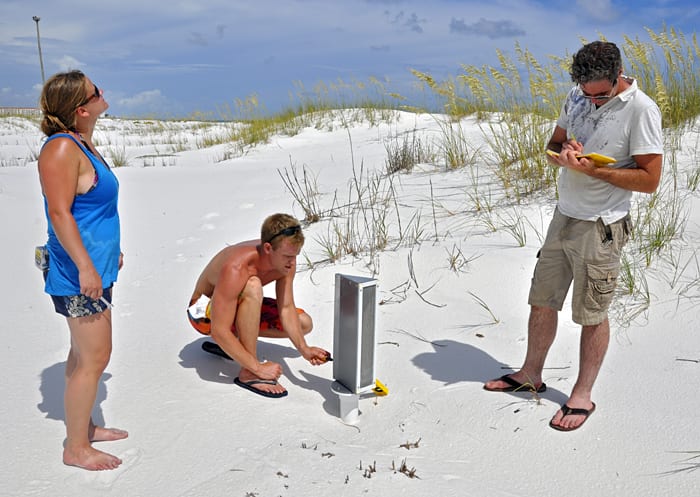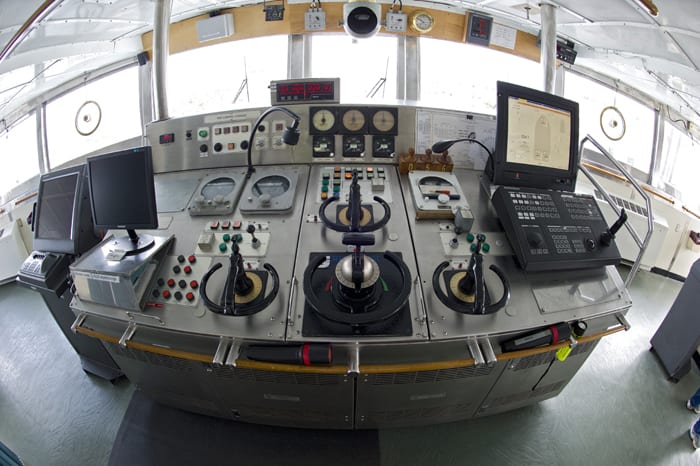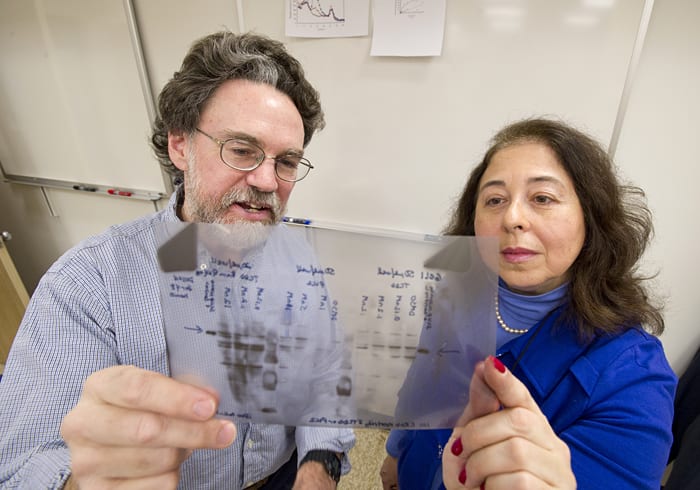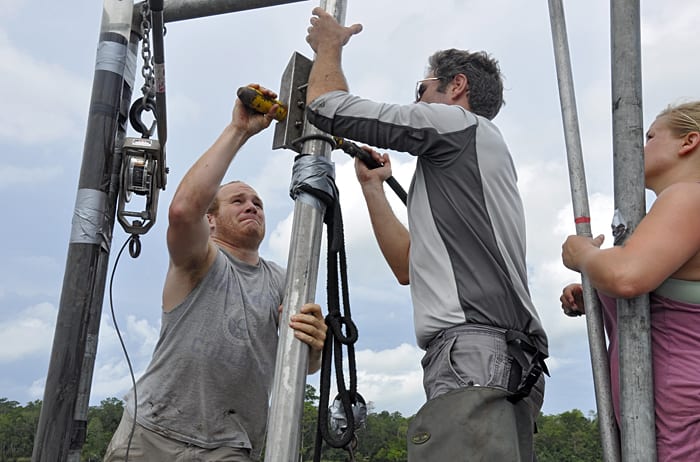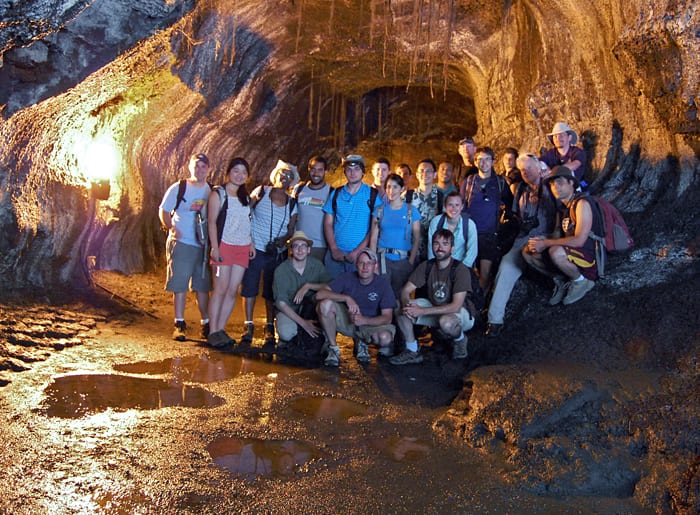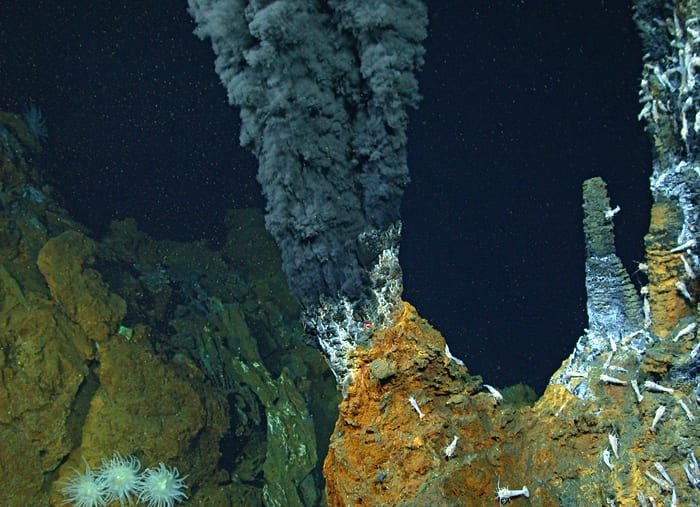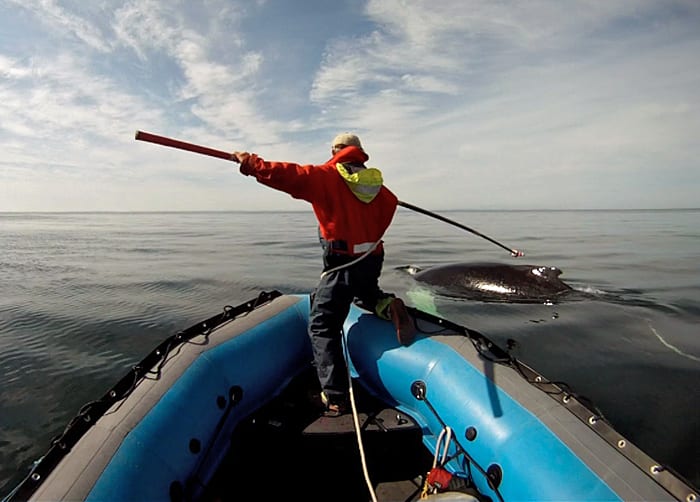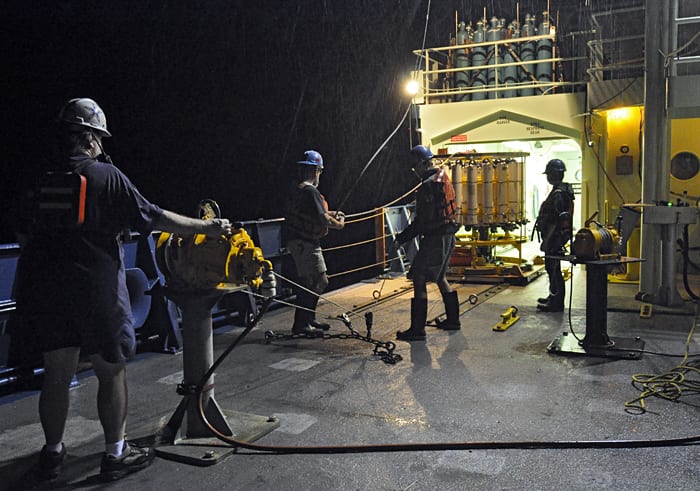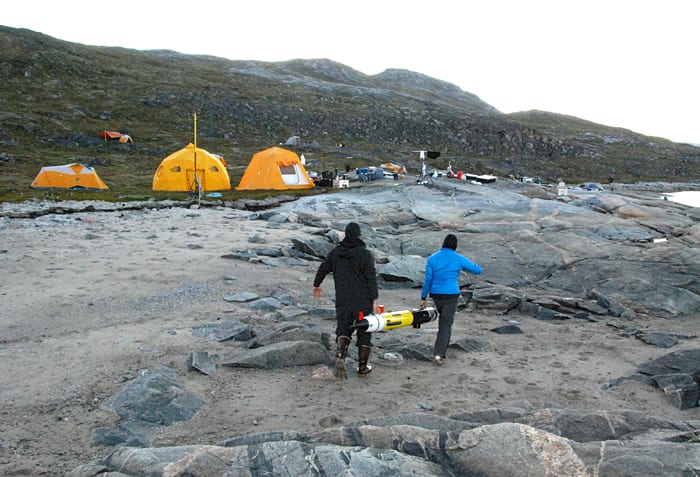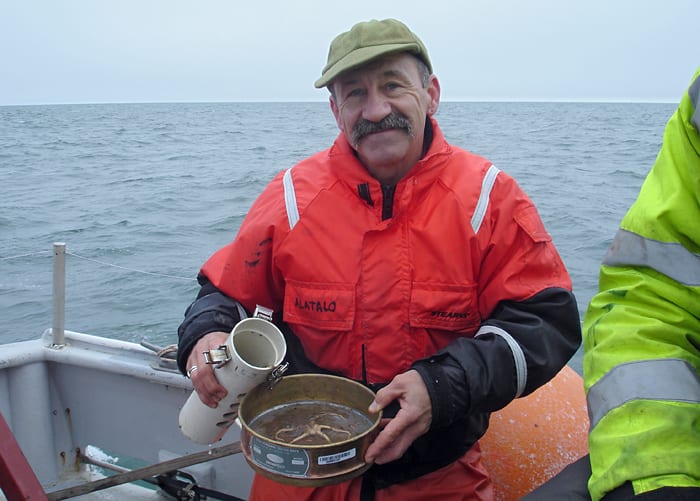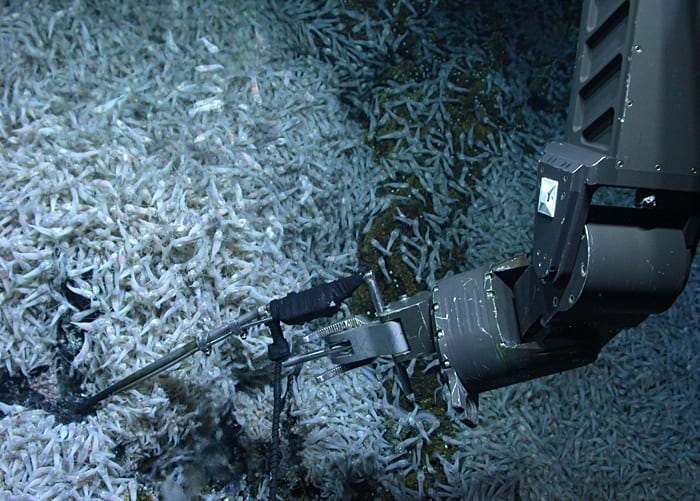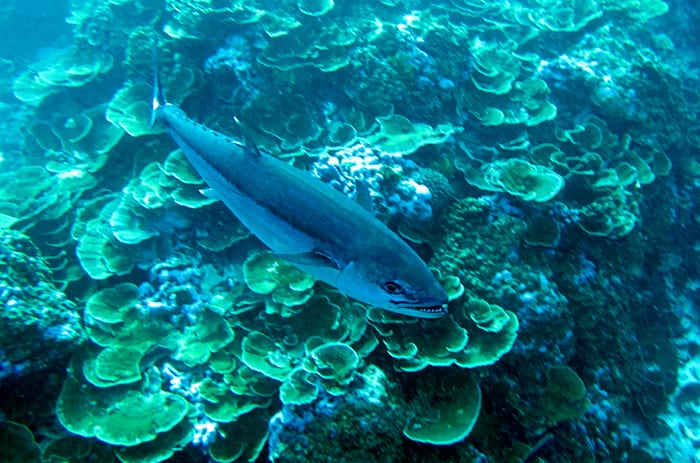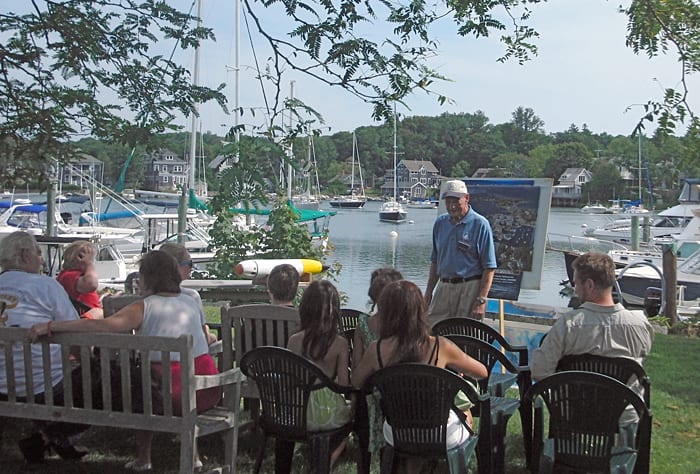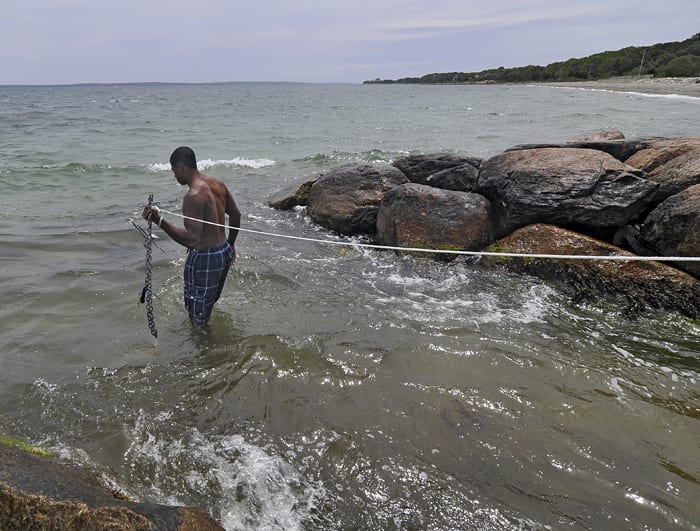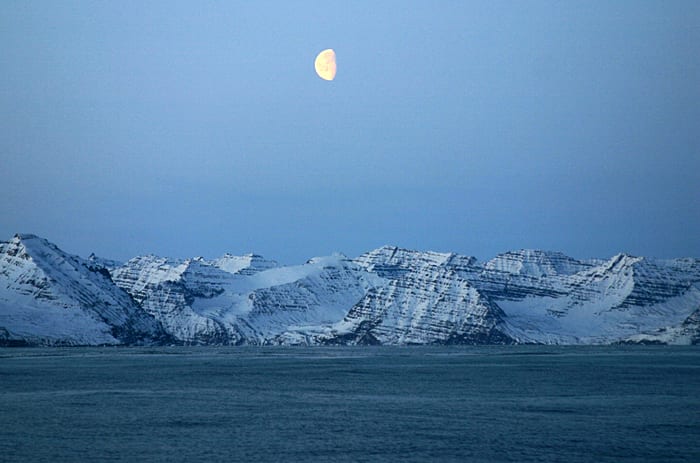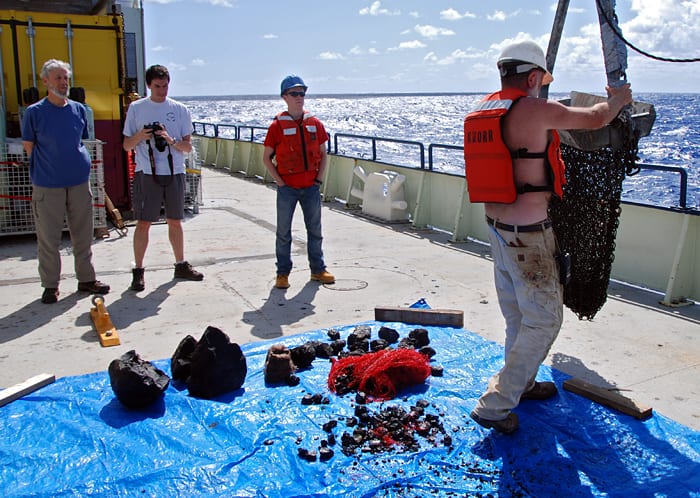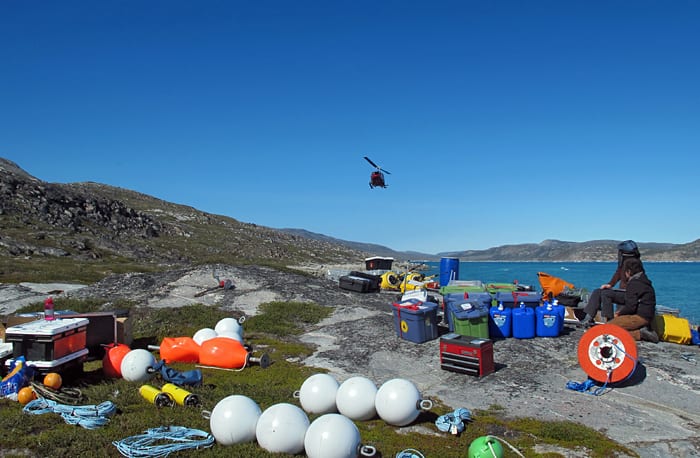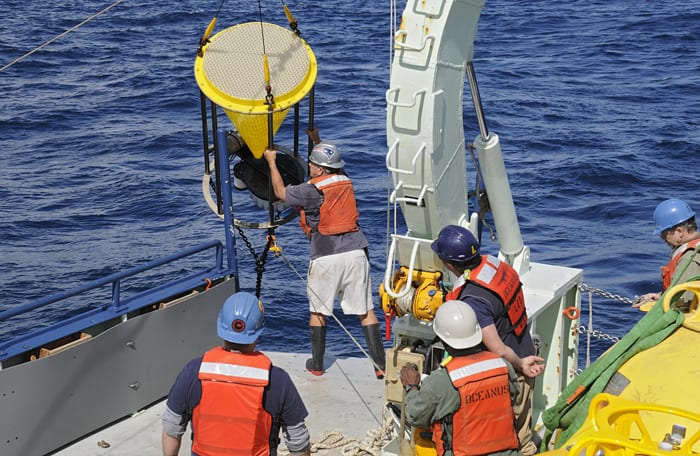Multimedia Items
Current State of Things
Engineer George Tupper began designing, building, and maintaining oceanographic instruments in the 1970s, including these current meters on display at WHOI. During his career spent two to three months each year…
Read MoreMeet You Back Here
Leaving research vessel Atlantis behind, R/V Knorr departs WHOI’s dock for two weeks of work on the northeast continental slope of North America. The area, known to oceanographers as Line…
Read MoreSummer of Oceanography
This summer, 32 students from 30 colleges and universities traveled to Cape Cod from the around the United States and four other countries to participate in WHOI’s Summer Student Fellowship.…
Read MoreCalculating Evaporation from the Ocean
Very Special Delivery
In September, WHOI took delivery of a very special piece of equipment—a redesigned titanium frame for the submersible Alvin. In December 2010, after Alvin was pulled from service, it returned…
Read MoreWelcome to LOSOS
WHOI President and Director Susan Avery joined Willie May, Associate Director for Laboratory Programs and Principal Deputy at the National Institute of Standards and Technology (NIST), in the traditional ribbon-cutting ceremony…
Read MoreBlowing in the Wind
Brown University graduate student Jess Rodysill, guest student Lance Croft, and WHOI researcher Richard Sullivan (left to right) set up an aeolian (wind-blown) sediment trap this summer on Florida’s Santa…
Read MoreThe Driver’s Seat
Though vacant during a September port stop in Woods Hole, at sea the bridge on the research vessel Knorr is occupied around-the-clock by an officer and one of three ship’s mates.…
Read MoreFinding Genetic Keys
Biologists Mark Hahn and Diana Franks were recently funded by the Superfund Research Program of the National Institute of Environmental Health Sciences for five years to research the impact of…
Read MoreCore Effort
WHOI researchers Trevor Harrison (left) and Richard Sullivan push a Vibracore-driven sediment corer into the mud of Basin Bayou on the Florida panhandle, as guest graduate student Jess Rodysill (Brown…
Read MoreInto their Work
In July, MIT/WHOI Joint Program students joined MIT students and WHOI staff for a walked through a lava tube, a natural tunnel that forms under volcanoes, in Hawai’i Volcanoes National…
Read MoreSmoked Shrimp
Deep-sea shrimp thrive at one of the planet’s hottest black smoker hydrothermal vents, where the temperature of expelled fluids measured 400°C (about 750°F). The “smoke” consists of dark, fine-grained particles…
Read MoreYou’re It
MIT-WHOI Joint Program graduate student Julie van der Hoop assisted Rene Swift (above) from the Miller Lab at the University of St. Andrews in tagging humpback whales off Ilse Nue,…
Read MoreA Very Long-Term Study
WHOI shipboard technician Dave Sims (left) and assistants wrangle a CTD rosette on a rainy night aboard the R/V Atlantis. During the April 2012 cruise, researchers measured currents and studied…
Read MoreAUV Camping
Researchers Jeff Pietro and Amy Kukulya haul a REMUS 100 autonomous underwater vehicle (AUV) back to camp on the banks of a fjord in Greenland in July 2012. They were…
Read MoreA Star in Hand
In August, WHOI research associate Philip Alatalo helped net and preserve plankton (and at least one sea star) from the Chukchi Sea, off the coast of Alaska. The samples were collected at…
Read MoreShrimp Boil
In January 2012, an international research group aboard research vessel Atlantis completed an expedition to study the world’s deepest-known hydrothermal vents, at the Mid-Cayman Rise in the Caribbean. The group, led by WHOI marine…
Read MoreProtected Predator
A dogtooth tuna cruises above corals in the world’s second-largest marine reserve, the Phoenix Islands Protected Area (PIPA), which protects two interconnected ecosystems—the reefs around eight remote uninhabited coral atolls…
Read MoreThank You Volunteers
WHOI runs a volunteer program with some 85 active volunteers who help out in the Ocean Science Exhibit Center, Information Office, Data Library & Archives, science labs, and on walking…
Read MoreGetting Colder
William Melvin from Cornell University wades into the mouth of the Trunk River in Falmouth to set the anchor for a set of temperature sensors to measure the temperature gradient…
Read MoreMoonrise Over Greenland
The moon rises over the Denmark Strait and Greenland’s east coast during an October 2008 expedition onboard the research vessel Knorr. Led by WHOI scientist Robert Pickart, researchers spent a…
Read MoreGifts from the Deep
Researchers searched for signs of deep-sea eruptions in the rocks they collected during a spring cruise to hydrothermal vent sites along the Mid-Atlantic Ridge. Older rocks look dull, while freshly-erupted rocks…
Read MoreIncoming
In July, six WHOI scientists and engineers traveled to Southwest Greenland to do something never tried before with an underwater vehicle: take an up-close look at the underwater “plumbing system”…
Read MoreTrapping Falling Sediment
WHOI engineer Scott Worrilow guides a yellow sediment trap onto R/V Oceanus along with (clockwise from bottom left) WHOI engineer Brian Hogue, seaman Leo Fitz, and bosun Clindor Cacho, on…
Read More
